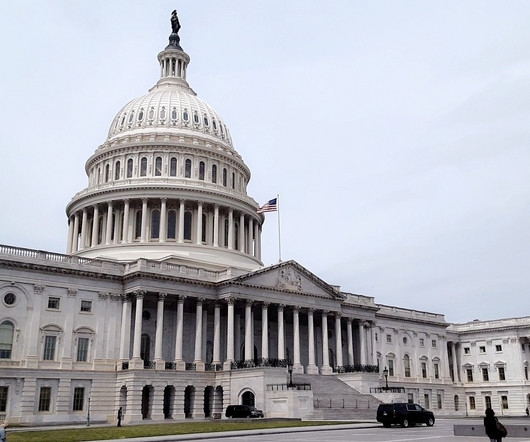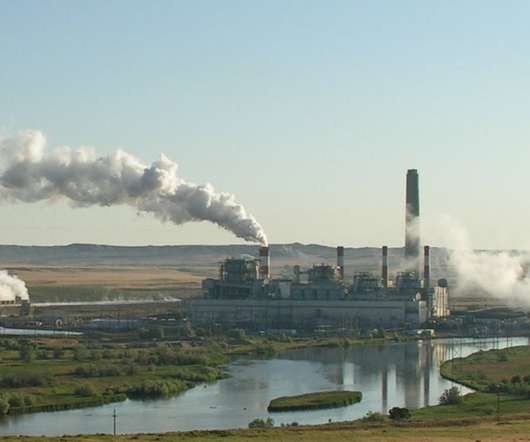The Evolving Legal Landscape for Ocean-Based Carbon Dioxide Removal
Law Columbia
SEPTEMBER 28, 2023
The Sabin Center wrapped up Climate Week NYC last Friday with an event exploring the opportunities and challenges posed by ocean-based carbon dioxide removal (CDR). to 2 o C in line with the goals of the Paris Agreement. to 2 o C in line with the goals of the Paris Agreement. It is not hard to see why.
















Let's personalize your content